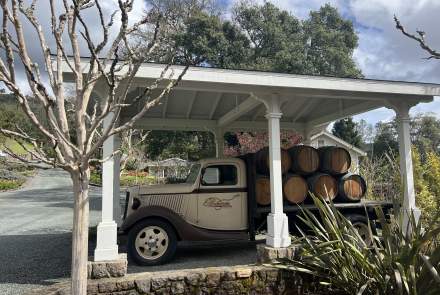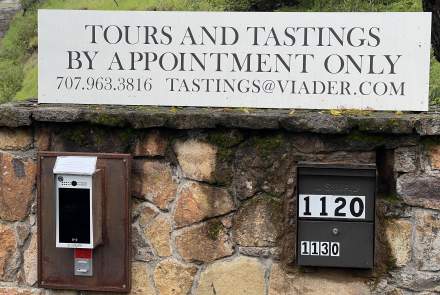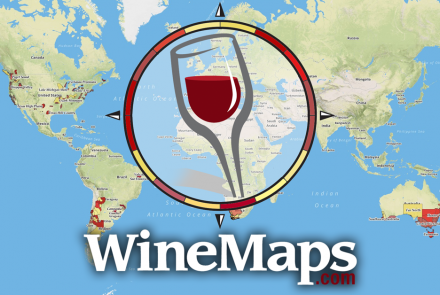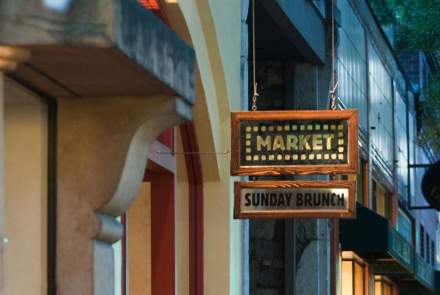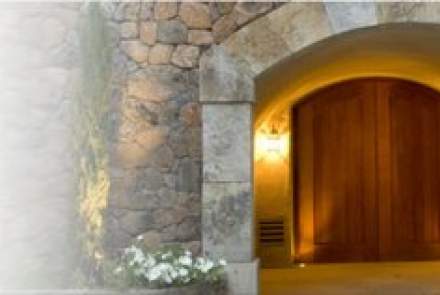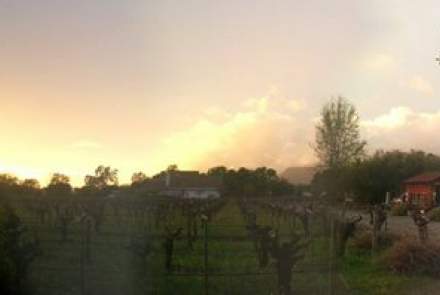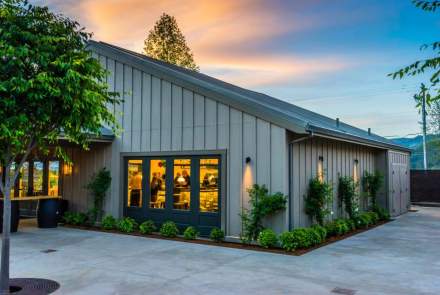St. Helena is a remote volcanic outpost in the South Atlantic Ocean that is part of the British Overseas Territory. Located more than 1,200 miles from the closest major landmass, it's one of the most isolated places in the world, with a population of slightly over 4,500 people.
St. Helena is notably famous as the place of Napoleon Bonaparte's exile and death. Following his defeat at the Battle of Waterloo in 1815, the British detained Napoleon on St. Helena where he lived until his death in 1821.
The island, approximately 10 by 5 miles, boasts a diverse range of flora and fauna and is home to a number of species found nowhere else in the world. With its steep cliffs and deep valleys, the interior of this volcanic island is green and lush, hosting a variety of environments that range from the desert-like "Wirebird Plains," to the lush cloud forests of the central peaks.
Historically, the island was a vital stopover for ships sailing from Asia and South Africa to Europe and the Americas. However, with the opening of the Suez Canal in 1869 and advancements in modern shipping and air travel, St. Helena became less important as a stopover.
Today, the main industries on the island are farming and fishing. St. Helena also has a growing tourism industry now that a commercial airport opened in 2017. Visitor attractions include Jacob's Ladder, a staircase of 699 steps, the Governor's Mansion, and Napoleon's old residence, Longwood House.
Overall, its significant history, unique biodiversity and extreme remoteness make St. Helena a place of particular interest to history buffs, nature lovers and those in search of adventure.

